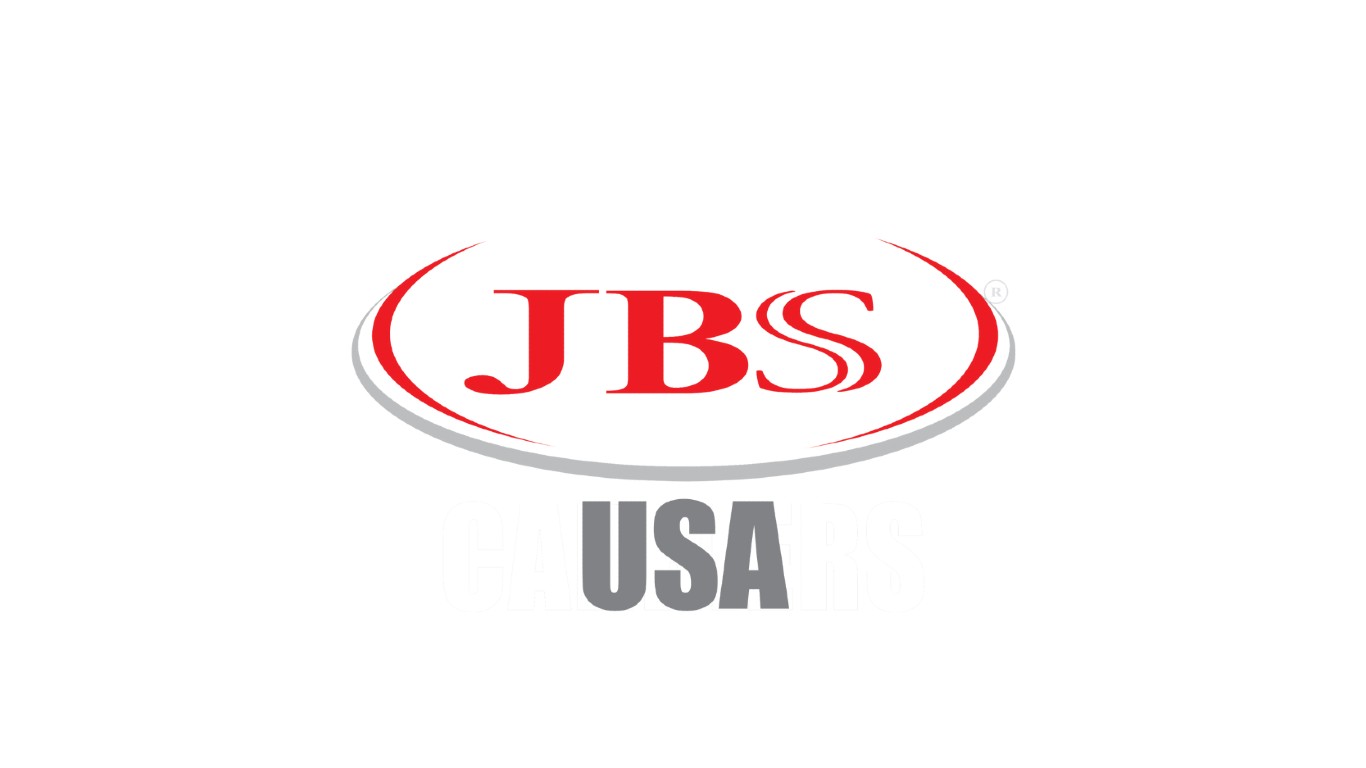
JBS
> Pledge: Net-zero emissions by 2040
> Quality and credibility of climate planning: Very low
> Revenue, 2021: $47.0 billion
> Emissions, 2020: 287.0 million metric tons of CO2 equivalent
> Major source of emissions: Upstream scope 3 emissions, resulting from land-use change in the value chain. Illustrative volume based on 2016 estimates presented in figure.
Brazil-based JBS is a meat processor but has disclosed none of the emissions from the upstream deforestation and agricultural operations of its meat suppliers. This results in a false carbon profile, a small fraction of the size that should be reported. The selective data disclosure, which fails to include 97% of its emissions, calls into question the 2040 net-zero pledge that the company claims applies to all of its value chain emissions. CCRM’s dim view of JBS efforts is further bolstered by the company’s lack of any concrete plan for meeting its stated carbon reduction goals.
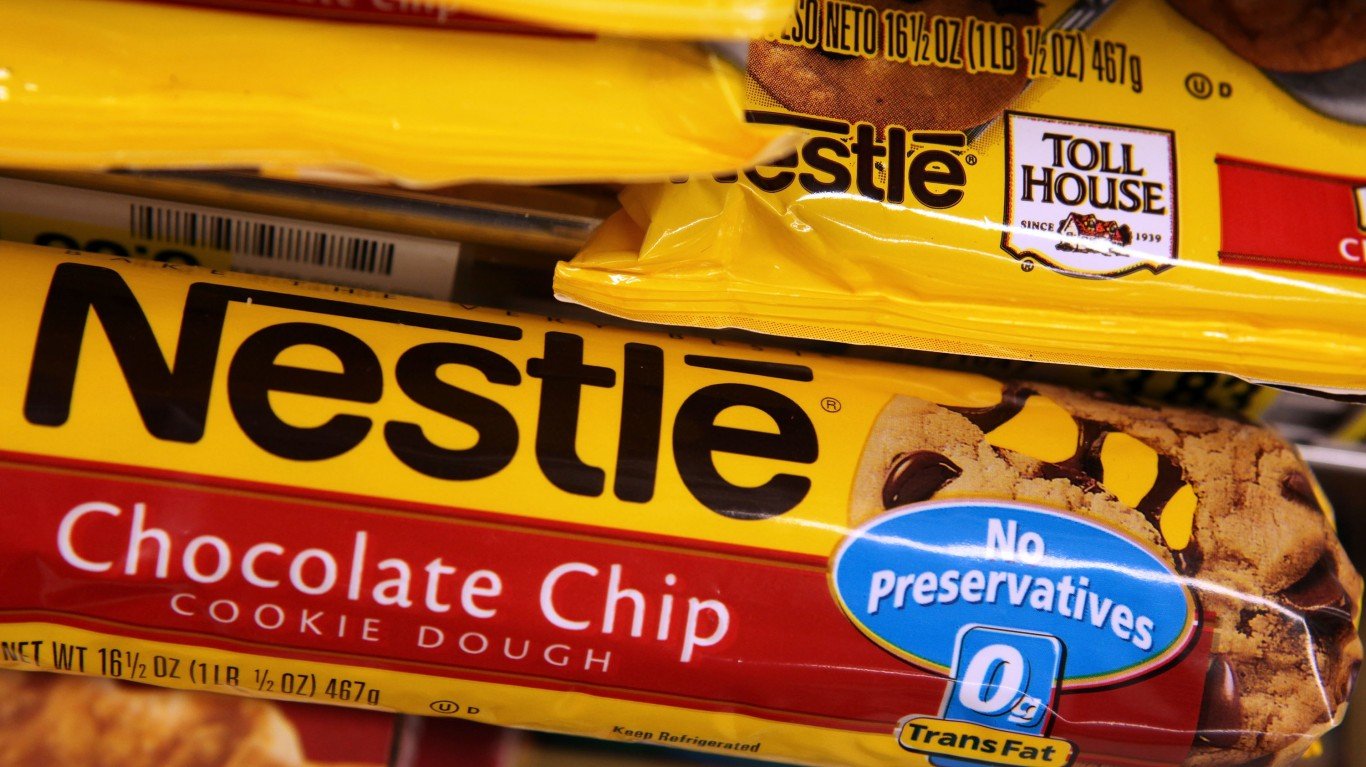
Nestle
> Pledge: Net zero by 2050
> Quality and credibility of climate planning: Very low
> Revenue, 2020: $91.8 billion
> Emissions, 2018: 113.0 million metric tons of CO2 equivalent
> Major source of emissions: Sourcing of ingredients(52%).
In addition to its overall very low scores for transparency and integrity, food and beverage company Nestle gets special attention in the CCRM report for its promotion and reliance on what it is calling “insetting.” This is an emissions neutralization strategy whereby the company uses offsets from within the company’s own value chain. Thus, Nestle might use the storage of carbon in the agricultural soils of suppliers to offset carbon emissions elsewhere in the company’s operational scope. CCRM authors are critical of this practice as possibly leading to double counting and avoidance of independent verification.
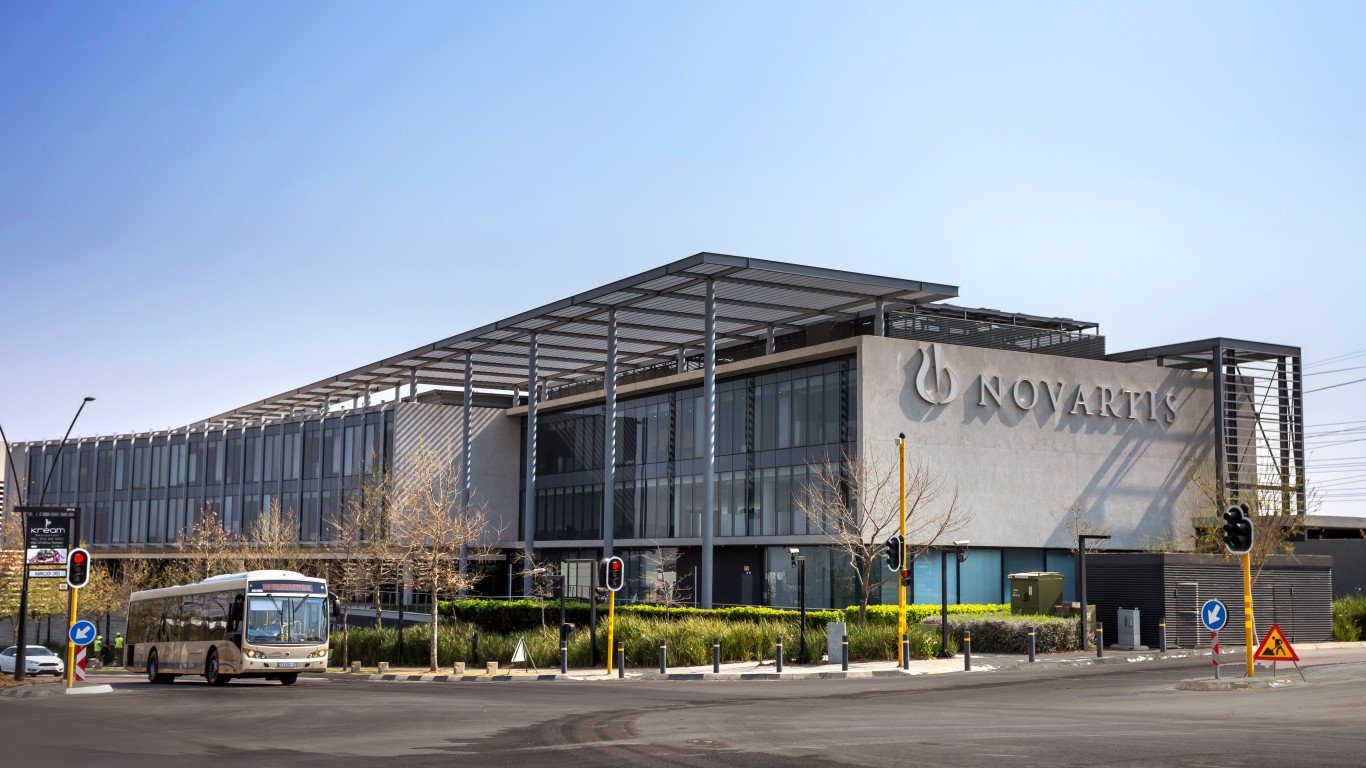
Novartis
> Pledge: Carbon neutral value chain by 2030
> Quality and credibility of climate planning: Very low
> Revenue, 2020: $49.0 billion
> Emissions, 2019: 7.1 million metric tons of CO2 equivalent
> Major source of emissions: Purchased goods and services (upstream scope 3, 64%).
While giving Novartis some credit for its transparency, CCRM takes the American-Swiss pharmaceutical company to task on a number of fronts. It is particularly critical of the inconsistency of its reporting, being more forthright about its emissions for some reporting purposes but less open with its public declarations. Another negative is the use of impermanent, nature-based offsets as a major component of its climate strategy and the voluntary nature of proffered reduction guidance to its suppliers
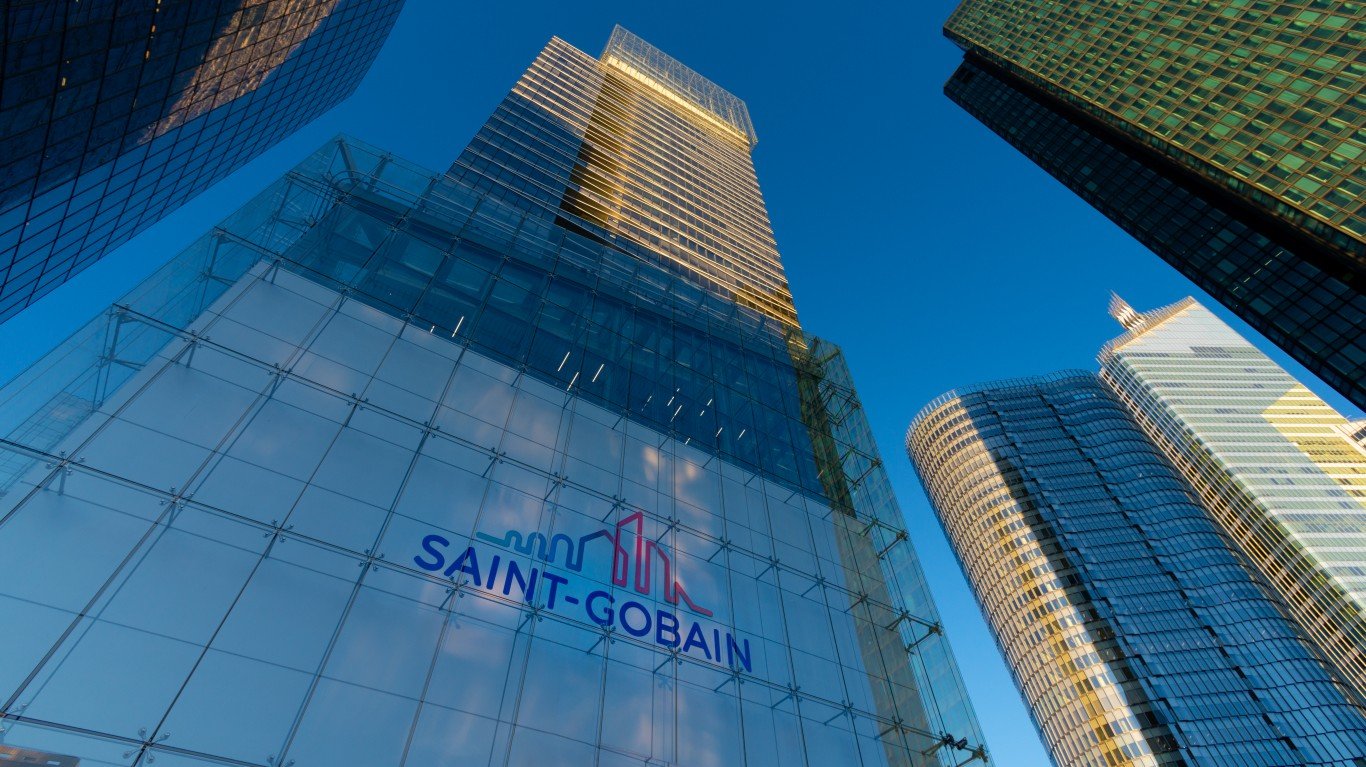
Saint-Gobain
> Pledge: Net zero carbon by 2050
> Quality and credibility of climate planning: Very low
> Revenue, 2020: $43.0 billion
> Emissions, 2020: 27.8 million metric tons of CO2 equivalent
> Major source of emissions: Product use and purchased goods and services (shares unclear due to limited reporting and variations in reported magnitude).
There is a small glimmer of praise for French company Saint-Gobain, which mainly produces building materials, in the CCRM report – the mention of innovation strategies for emission reductions and offsets, mainly involving carbon capture or reduction in its building materials. In the broad view, however, for much of the company’s disclosures and climate planning, details are severely lacking, inconsistent, or misleading.
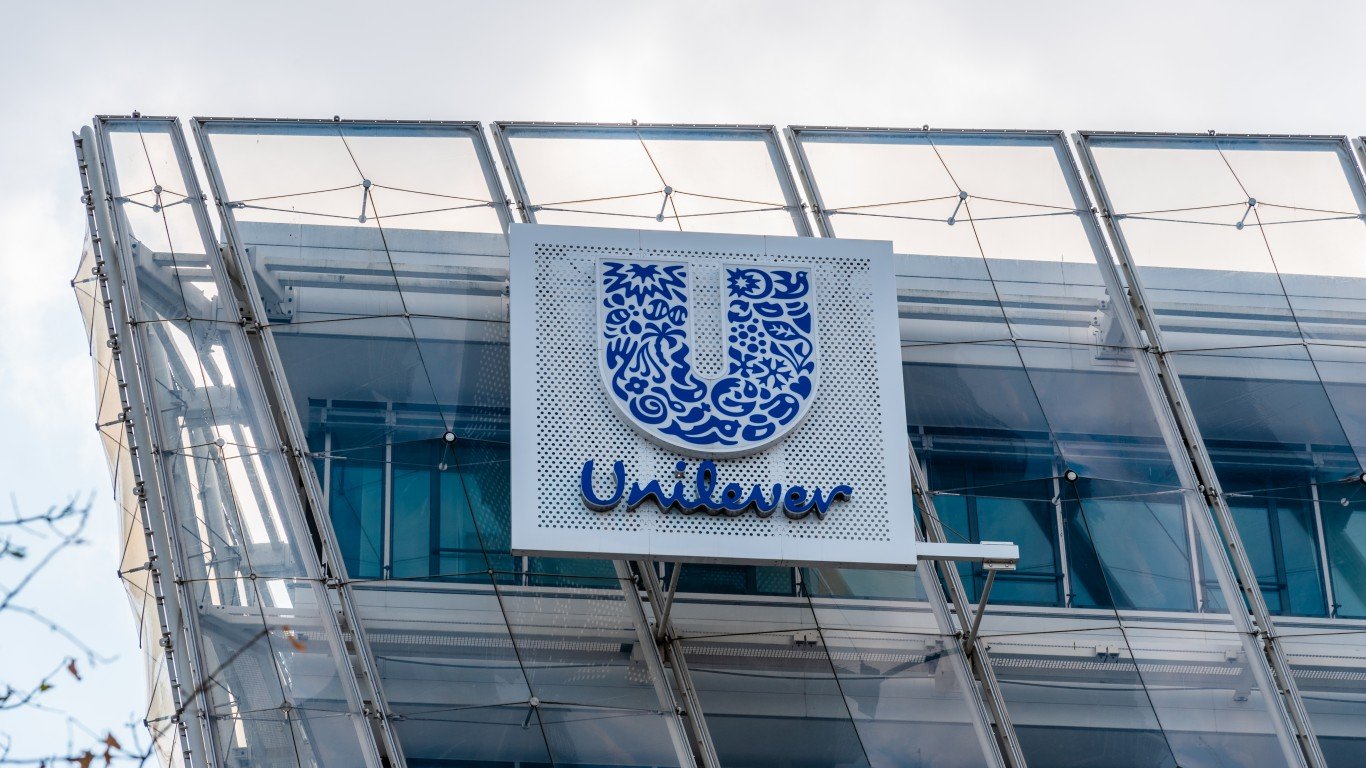
Unilever
> Pledge: Net zero by 2039
> Quality and credibility of climate planning: Very low
> Revenue, 2020: $57.4 billion
> Emissions, 2020: 32.0 million metric tons of CO2 equivalent
> Major source of emissions: Raw materials and manufacturing (upstream scope 3, ~35%).
Consumer goods company Unilever is one of the lowest performing companies in the study and is called out as a negative example for distancing itself from offsets for the parent company while encouraging the use of offsets for its individual products.
Unilever is also notable for overstating its scope 3 emissions by including indirect impacts of its products, by, for example, including the energy it takes to heat the water for washing machines using its soap products. Two-thirds of Unilever’s reported emissions are indirect. While this might be considered a positive practice, it can also be a distraction from the company’s actual ambit of responsibility and give it credit for the efforts of others, such as those of the washing machine manufacturer.






